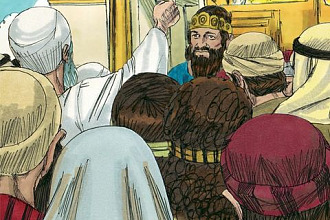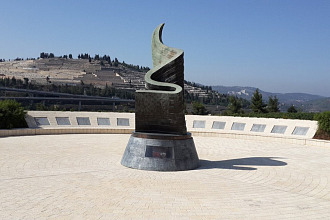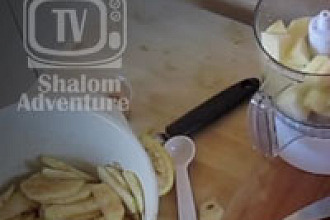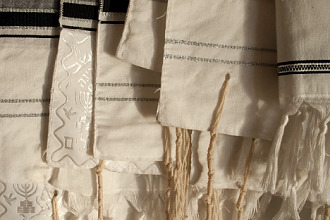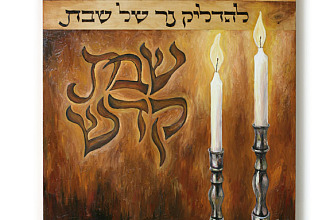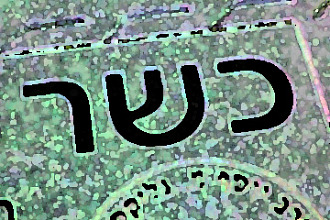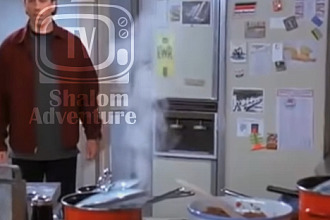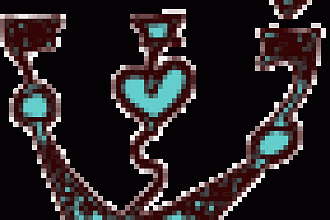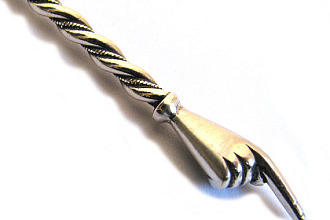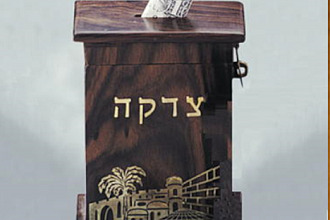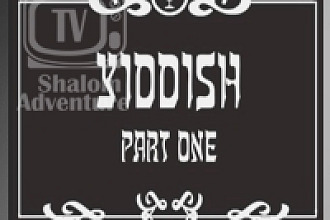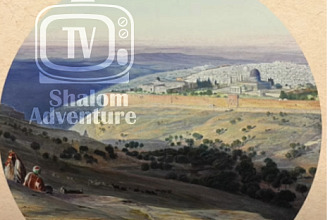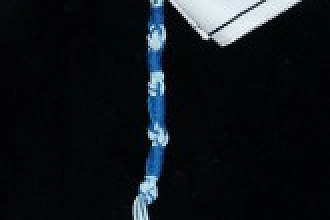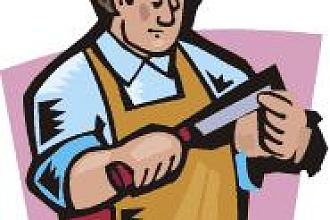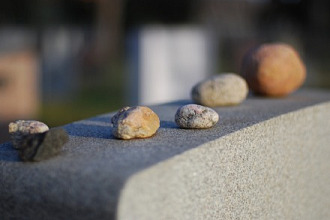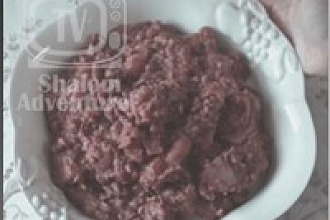In the Song of Solomon we read “He brought me to the banqueting house, and his banner over me was love.” Song of Solomon 2:4. Love is a beautiful thing and if you have ever been to a Jewish wedding or have seen picture of one you probably saw a picture of the couple standing under a canopy during the ceremony. This canopy is called a chuppah. The meaning of chuppah is “that which covers or floats above” (The Jewish Wedding).
The canopy above the couple is said to symbolize the presence of God above the husband and wife and the new home they will share together. The open sides of the chuppah are said represent the openness of the husband and wife and their willingness to share everything in life together. The open sides are also said to represent the hospitality of Abraham and Sarah who opened their homes to the strangers and God and serves as a reminder to be considerate of others which is an important Jewish value. (“Chuppah”, 2010)
The groom generally will enter the chuppah first after which the bride will join him which represents the husband’s provision for his bride, yet traditionally chairs are not placed under the chuppah as a reminder that people are more important than possessions. (“Chuppah”, 2010)
It is not a Biblical law to be married under a chuppah but we can learn a lot from Jewish traditions. God should be valued above every relationship in our lives. If God’s presence cannot be acknowledged in our relationship with someone we should not get married to that person. I know this may sound much easier to say than to live when you are emotionally attached to someone but if you put God first you will find that you can avoid a lot of heartbreak and difficulties, not only in marriage but in all of your relationships. And we should also remember to put people before things.
References:
Author Unknown, 2010 “Chuppah” Eden Floral Boutique received from http://www.edenfloralboutique.com/chuppah/
Picture originally found here


